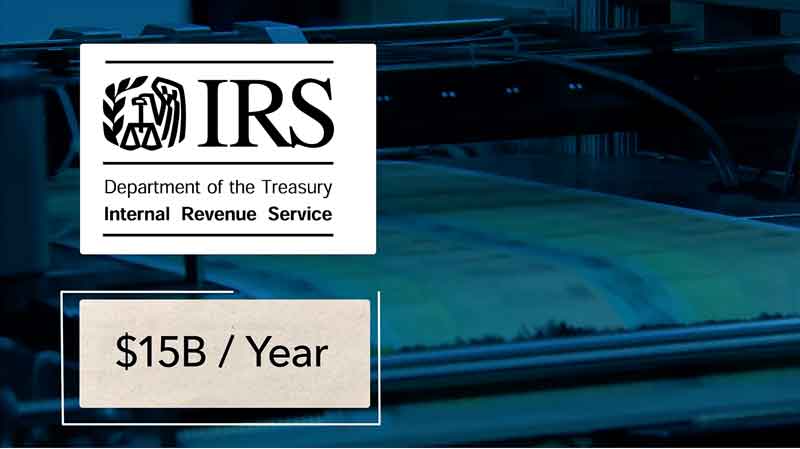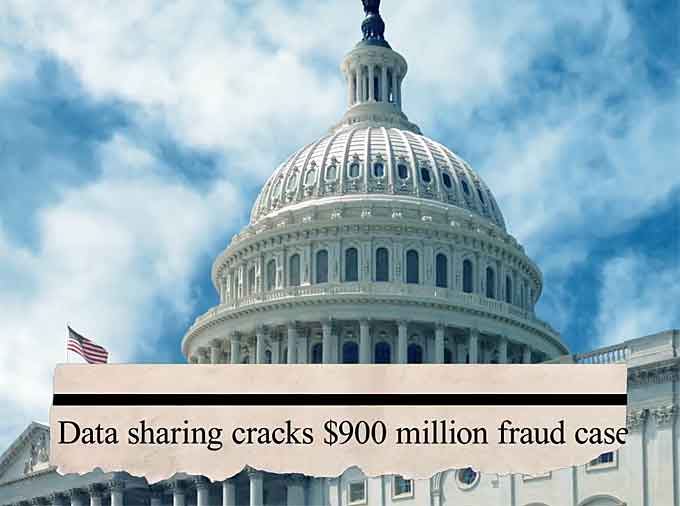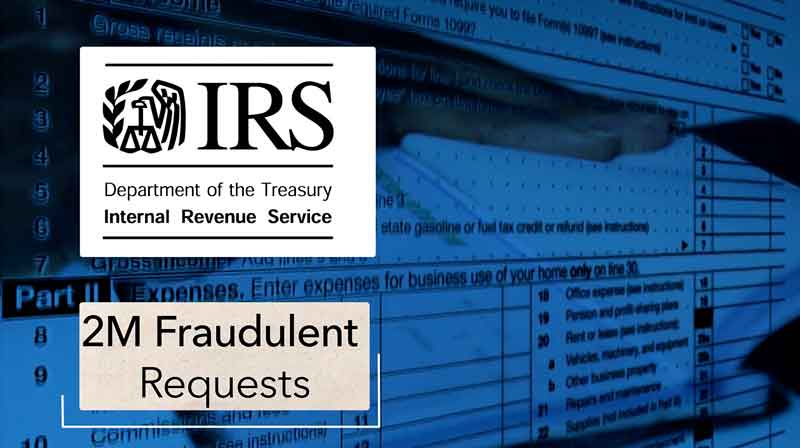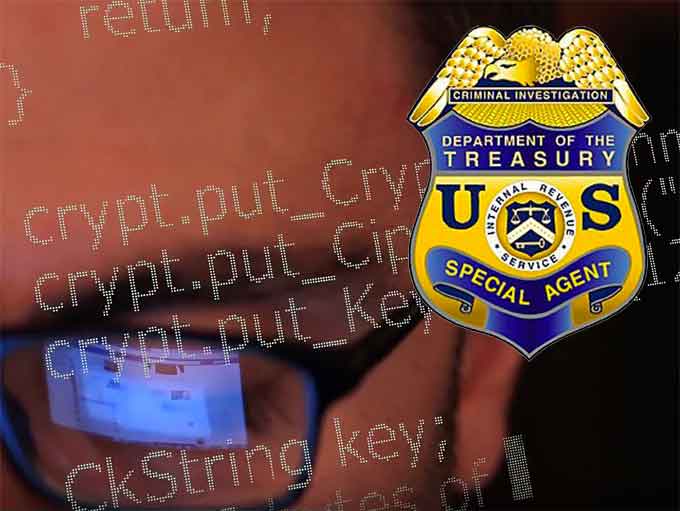
Guest Editorial By Deborah Pianko, Principal, Government Fraud and Security Intelligence Solutions, SAS
“I’m crazy enough to take on Batman, but the IRS? Nooo, thank you.”
Joker, The New Batman Adventures
They live at the intersection of tax evasion, money laundering and organized crime. They work behind doors in tax agencies where few employees are permitted.
In addition to calculators and computers they carry guns, trained first and foremost as law enforcement officers.
Their job? To help catch the “big ones”.
 When I was the IT liaison to the Compliance division of a U.S. state tax agency, I was permitted access to their world.
When I was the IT liaison to the Compliance division of a U.S. state tax agency, I was permitted access to their world.
Due to their work’s secretive nature, criminal investigators in tax agencies can feel cut off from the rest of the organization.
It was my job to make sure they were able to stay connected. I shared information, software updates and technology tips.
Yet the one thing they always felt they lacked was access to data, and the ability to mine that data for valuable insights about their cases.
Tax agencies have spent the past 5-10 years investing in sophisticated data mining technologies to successfully detect identity theft, tax refund fraud and sales tax evasion.
In fact, the IRS (Internal Revenue Service) stops billions of dollars a year in identity theft related fraud using these types of pattern detection techniques.
And those who are the tip of that tax enforcement spear in Criminal Investigation want to leverage those same capabilities and tools to become “agents of the future”.
A little less Columbo, a little more Bruce Wayne.
The stories portray Batman as one of the world’s greatest detectives. Bruce Wayne’s inexhaustible wealth gives him access to advanced technologies, which he modifies and uses to his advantage.
As tax agencies around the globe are forced to do more with less, criminal investigators are also asked to do the same. They are the world’s first professional data aggregators.
(SAS Fraud Framework for Government takes a holistic view of fraud based on multi-source data points. This enables government at all levels to detect hidden relationships and seemingly unrelated events in the fight against misuse of government funds. Courtesy of SAS Software and YouTube. Posted on May 10, 2018.)
Data leaks (e.g. “Panama Papers”), suspicious activity reports (SARs), interview memoranda, financial documents, open-source beneficial ownership information – you name it, they probably have it.
However, not only is their data siloed off from the rest of the revenue agency, many of these treasure troves are siloed within their own ecosystem.
If an agent has just completed a series of interviews with a witness, and is storing those interview notes on their PC, how can the rest of the team harness the insights in those unstructured notes to connect with their own cases?
Perhaps the witness an agent just interviewed is a significant shareholder or owner of a corporation in a seemingly unrelated case.
Maybe there is an unusual pattern of money movement reflected across 50 different SARs which is only noticeable when they are joined together and connected to open source intelligence (which may, or may not, be in the agent’s native language).
Are agents missing patterns and trends within these Columbo-era, localized data stores?
Are there ways to better store and tag the data across the organization so all agents simultaneously can be aware that the data even exists, and allow for deconfliction?
Even criminal investigation shops that are already leveraging COTS (commercial off-the-shelf) investigative tools face these challenges. While such tools are powerful, the larger the amount of data it houses, the more it costs.
Therefore, there is a budgetary advantage to using advanced analytical techniques upstream to strategically select only the important information before loading it into their investigative interfaces.
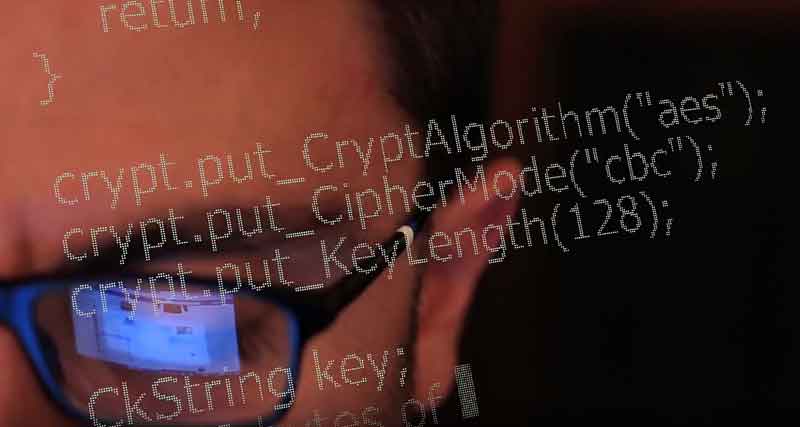 Imagine a criminal investigation division where all data is cleansed, aggregated, tagged, indexed for search and completely connected. Dare I even say centralized (gasp!) on a common set of secure servers?
Imagine a criminal investigation division where all data is cleansed, aggregated, tagged, indexed for search and completely connected. Dare I even say centralized (gasp!) on a common set of secure servers?
And in those instances where any part of this data needs to be shared with an outside division or another revenue agency (foreign or domestic), the same suite of advanced analytical tools can be used to easily remove or mask sensitive data elements prior to sharing.
This is all possible today without Batman’s level of inexhaustible wealth using analytics software and capabilities already owned by many, if not all, tax agencies.
It is a matter of an organization committing itself to this vision and starting small with the right resources to prove out the concept.
(Hear directly from author, Deborah Pianko, as she explains that tax evasion and fraud are the largest economic crimes in the world, and provides a brief demo showing how SAS can help governments avoid losing billions in revenue each year. Courtesy of SAS Software and YouTube.)
One way for a criminal investigation shop to do a small pilot is to leverage previously adjudicated cases.
Although analytics software comes out of the box with functionality that can easily mask or redact fields, data that is already in the public domain should require less upfront data cleansing.
Investigators should work with their agency’s analytics specialists to define the scope of the pilot to something manageable.
It might be something as simple as mounting all the memoranda of interviews (MOIs) related to several different cases on a single, centralized server, and performing text analytics on them to see what themes, phrases and key players can be surfaced.
Once extracted, these elements are used to see where linkages or patterns might exist amongst the seemingly unrelated MOIs.
There are many different possible approaches based on the areas of interest and pain points of the division. However, the journey of a thousand miles begins with one step.
Even Batman himself said, “Everything’s impossible until somebody does it.”
About the Author














